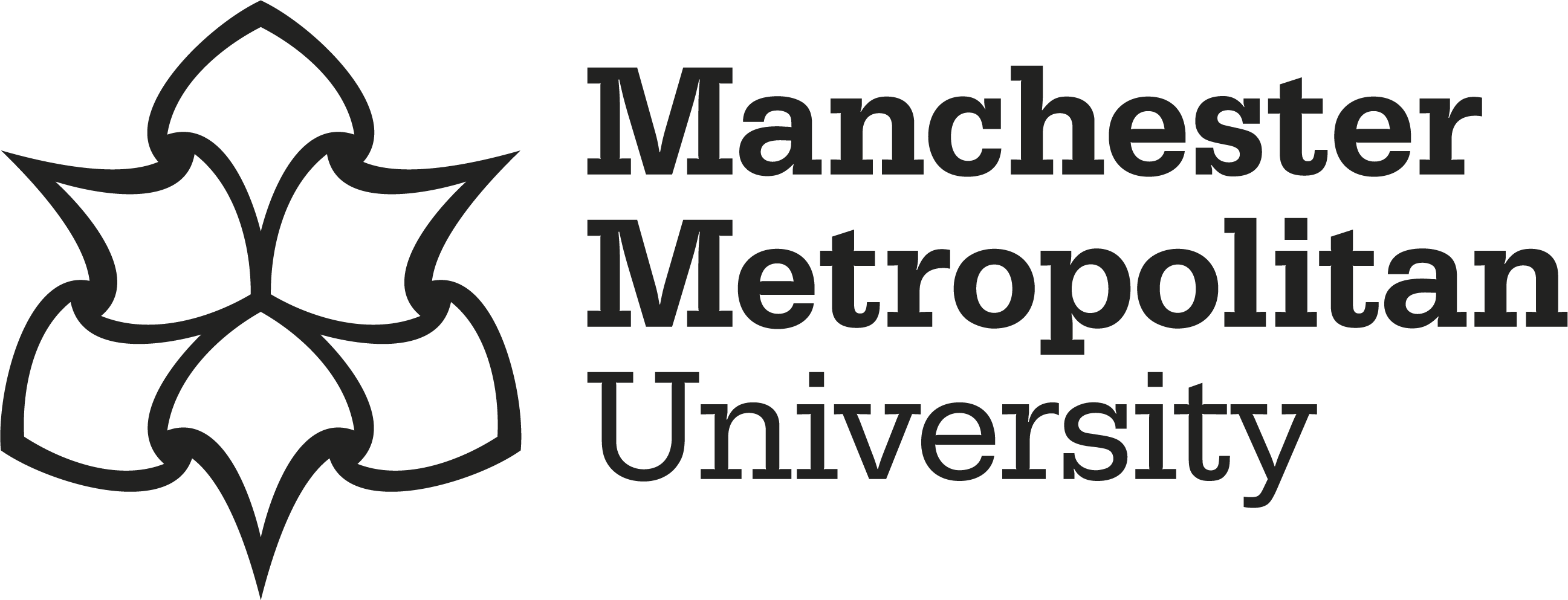Gillooly, Leah 
|
Published Version
File not available for download. Available under License In Copyright. Download (51kB) |
Abstract
Aim and Research Questions This study contributes to how people become expansion club fans, specifically, understanding the switching behaviours of fans from one club to another. What has been identified is that there is limited research which investigates the process of club switching, which is when a fan stops their support for one club and instead chooses to support another (Latypova & Matsuoka, 2022), supporting a need for this research. Consequently, this study aims to understand the contexts and factors that cause fans of existing football clubs to switch to a newly founded expansion club, within the same city. Theoretical Background and Literature Review The Push, Pull, Mooring (PPM) model, first applied to migration, and later to consumer switching (Bansal, et al., 2005), is key to this study. It suggests negative factors that push people away from a brand, in contrast positive factors act to pull people towards another. The model identifies price, satisfaction, quality, value, trust and commitment as factors that push individuals away from a brand and attractive alternatives that pull someone towards another brand. Mooring considers attitude towards switching, subjective norms, switching costs and prior switching behavior. Switching has previously been identified in relation to sport, whether that be when their club has been knocked out of a competition, club relocation or through sport sponsorship. Specific to this study, work has been conducted on the switching behaviour of fans when an expansion club enters the market, therefore becoming an attractive alternative (Harada & Matsuoka, 1999). In contrast, push factors come from an established club, which in turn causes them to stop supporting the team. Therefore, established clubs should seek to increase a fans identification and therefore retain fans. Therefore, this research will provide insight into what causes fans to leave an established club, an area lacking in research (Latypova & Matsuoka, 2022) and understand what pulls fans towards an expansion club. Research Design, Methodology and Data Analysis A qualitative approach, comprising of in-depth interviews and netnographic responses, is adopted. The research, part of a wider research project, identified fans of two Major League Soccer expansion clubs, New York City FC and Los Angeles FC. Eleven semi-structured interviews were conducted. Furthermore, using netnographic principles (Kozinets, 2019), two posts were placed on Reddit, asking how people became a fan of their chosen club, resulting in 92 elicited responses. From this, it was understood which participants had previously been fans of the other established club in its city, prior to the arrival of the expansion club. A significant amount of data was also scraped from additional Reddit threads concerning how people became a fan of their club. All netnographic data was paraphrased and combined with interviews then analysed thematically. Results/Findings and Discussion This study indicates that the PPM model can be applied to the switching of fans to an expansion club, where there are two clubs within the same city, extending previous research (Bansal et al., 2005). Themes identified as push factors were club identity, atmosphere, players, negative experiences, location, choices by owners, connection and front office engagement were identified as pushing fans away from the established clubs. The expansion club was highlighted as an attractive alternative, as per previous studies (Harada & Matsuoka, 1999), with factors in this study identified as connection to the city, new club, infrastructure, owners, club identity, players and marketing. What the majority of the findings support is that expansion club fans have a strong affinity and identity to the city they reside in, supporting previous work (e.g., Heere & Katz, 2014). This suggests that the established clubs struggled to establish that connection between clubs, fans and the city, therefore pushing them away, and that expansion clubs did achieve such connection, pulling fans in. Furthermore, accessibility, encompassed within infrastructure, has been found to be key in expansion club fandom (Davies et al., 2021), a finding echoed by this study to aid switching. Conclusion, Contribution, and Implication This study provides valuable, detailed insight into the switching behaviour of expansion club fandom, using MLS as the context. Additionally, this study contributes to the understanding of expansion club fandom. By using the PPM model as a framework (Bansal et al., 2005), this study finds it useful in understanding the switching of fans to expansion clubs. This study has implications for established clubs who should manage push factors before a potential attractive alternative enters the local market. More importantly, future expansion clubs should understand which factors can pull fans into their club and which push factors they could potentially use to pull fans in.
Impact and Reach
Statistics
Additional statistics for this dataset are available via IRStats2.


